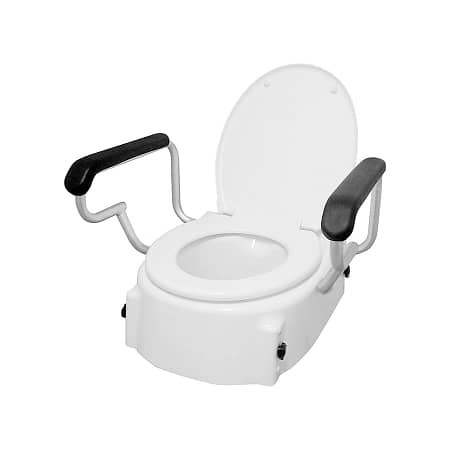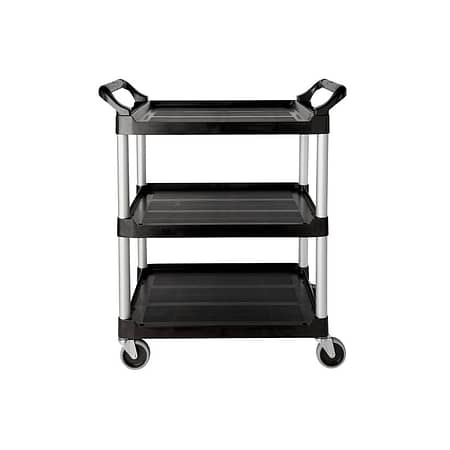What is the purpose of an IV pole?
Introduction to IV Poles in Healthcare
An IV pole, a vital piece of medical equipment, is designed to securely hold and transport intravenous (IV) fluids and medications to patients. Its development over time reflects advancements in healthcare technology and patient care needs. Initially simple structures, modern IV poles have evolved into sophisticated tools with adjustable heights, enhanced stability, and compatibility with various medical devices. This evolution signifies the ongoing commitment to improving patient care and ensuring effective treatment delivery in diverse healthcare settings, from hospitals to home-based care. The IV pole’s adaptability and functionality make it an indispensable component in the delivery of intravenous therapies, reflecting its importance in the modern healthcare landscape.
The Fundamental Purpose of IV Poles
Supporting Intravenous Therapy
IV poles play a critical role in administering intravenous therapy, a cornerstone of modern medical care. They are specifically designed to hold and manage the delivery of IV fluids and medications, ensuring a steady and controlled flow into the patient’s bloodstream. This function is vital across various medical and surgical treatments.
- Types of IV Fluids and Medications:
- Hydration solutions like saline or dextrose water.
- Medications for pain management, antibiotics, or chemotherapy drugs.
- Blood products for transfusions.
- Ensuring Patient Mobility:
- Mobile IV stands enable patients to move around, aiding in quicker recovery.
- Adjustable and lightweight designs improve patient comfort and accessibility.
- IV poles with wheels facilitate easy transport within healthcare facilities.
Importance in Various Healthcare Settings
The versatility of IV poles makes them essential in diverse healthcare environments, each with unique requirements and challenges.
- Hospitals and Clinics:
- In critical care units, IV poles are crucial for life-saving medications and fluids.
- Emergency rooms use them for rapid administration of treatments.
- Outpatient clinics utilise them for short-term therapies like hydration or chemotherapy.
- Home Healthcare and Hospice Care:
- Home-based IV poles support ongoing treatment for chronic illnesses.
- In hospice care, they aid in providing palliative treatments and improving patient quality of life.
- Compact and user-friendly designs are favoured for ease of use in home settings.

Safety and Maintenance of IV Poles
Safety and maintenance of IV poles are paramount in healthcare settings to ensure patient safety and equipment longevity. Regular cleaning and disinfection are necessary to prevent the spread of infections, especially since these poles frequently move between various patient areas. Strict inspection and maintenance protocols help identify and address any wear and tear or mechanical issues, ensuring the IV poles remain reliable and functional. Additionally, training healthcare staff in proper usage is crucial. This includes understanding the correct way to adjust, move, and secure the IV poles to prevent accidents and ensure optimal performance during patient care. This comprehensive approach to safety and maintenance is essential for the effective and safe use of IV poles in any healthcare environment.

Choosing the Right IV Pole for Your Needs
Choosing the right IV pole for your healthcare needs involves careful consideration of several factors to ensure optimal functionality and patient care.
Assessing the Needs of Healthcare Providers
Healthcare providers must consider the specific requirements of their practice when selecting an IV pole. This includes:
- The type of treatments commonly administered (e.g., chemotherapy, hydration therapy).
- The environment in which the IV pole will be used (e.g., hospital wards, outpatient clinics, or home care settings).
- The need for additional features like multiple hooks for simultaneous fluid administration or integrated electronic devices for monitoring.
Considerations for Different Patient Demographics
Different patient groups have varying needs, which should be taken into account:
- Pediatric patients: IV poles with child-friendly designs and smaller dimensions.
- Elderly patients: Easy-to-move poles with stable bases to prevent tipping.
- Patients with mobility issues: Lightweight and highly mobile IV poles to facilitate movement.
Tips for Purchasing Online
Purchasing IV poles online can be convenient and cost-effective. Consider the following tips:
- Research reputable suppliers with positive reviews and reliable customer service.
- Look for detailed product descriptions and specifications to match your requirements.
- Check for warranties or return policies in case the product does not meet expectations.
- Compare prices and shipping options to find the best deal.
Making an informed choice when purchasing IV poles can significantly impact the efficiency and quality of patient care, ensuring that healthcare providers have the right tools to deliver effective treatment.





















